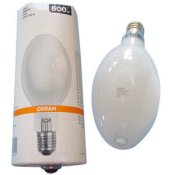I need help in a thinking because I am not the most inteligent guy you will meet. 
I was reading about Ilford MGIV paper being equivalent to about ISO 25.
I metered an object to be photographed using a flash on its full power at ISO25. The apeartire given was f2.8.
If my pinhole camera has an f248 does it means I will get the right exposure if I fire the flash 4 times?
Because if I fire once and it is f2.8 it would mean that if I fire twice it would be f11, if I fire 3 times it would be f45, and finally if I fire 4 times it would be about f181 (which is about one stop from f248). Does it make sense?
Also, looking at different f-stop charts, some starts from f1 (0) and some starts from f0.7 (-1). I supose the correct would be to start from f1 right?

I was reading about Ilford MGIV paper being equivalent to about ISO 25.
I metered an object to be photographed using a flash on its full power at ISO25. The apeartire given was f2.8.
If my pinhole camera has an f248 does it means I will get the right exposure if I fire the flash 4 times?
Because if I fire once and it is f2.8 it would mean that if I fire twice it would be f11, if I fire 3 times it would be f45, and finally if I fire 4 times it would be about f181 (which is about one stop from f248). Does it make sense?
Also, looking at different f-stop charts, some starts from f1 (0) and some starts from f0.7 (-1). I supose the correct would be to start from f1 right?




